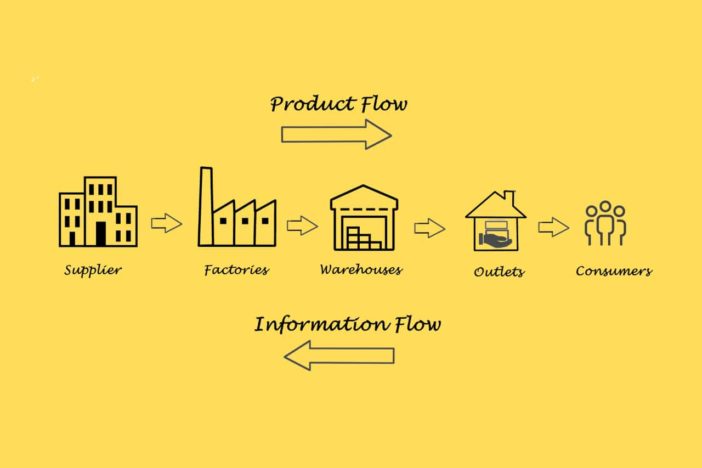A significant part of thriving in today’s world is understanding, testing, and modeling various scenarios to optimize your performance. This becomes especially valuable when it comes to managing your company’s supply chain. This is easily accomplished through the use of supply chain design and demand modeling.
Supply chain design helps you find the right balance between all the different variables along your chain without making costly errors. You can thoroughly optimize your chain and maximize efficiency over time.
Here are five considerations you should keep in mind as you test various supply chain designs.
Inventory
Managing your inventory to meet demand is one of the key considerations for supply chain manager when designing a supply chain model. Demand is the driving Factor behind just about every aspect of the supply chain. After all, if there’s no demand for certain items then it’s probably better not to add them to your inventory or to reduce the quantities you have or keep in stock. You also need to consider how to keep inventory safe, keep the right amounts on hand, and understand when to thin things out a bit. Using a combination of artificial intelligence, robust data gathering, and automation you can manage your inventory better and incorporate data from it into your broader supply chain model.
Transportation
Understanding your supply chain’s needs doesn’t mean much if you aren’t also thinking about potential transportation costs. Fuel costs rise. Roads can be blocked off. Rail travel can easily get sidetracked. Depending on variables surrounding travel time, transportation costs can rise pretty quickly. Other factors have a significant impact on how the supply chain itself works. For instance, higher transportation costs might result in more nearshoring or designing supplies for ship ability instead of sustainability. The key to transportation costs is understanding how you can lower them so you can dedicate more of your capital to other aspects of your logistics and operation. Incorporating these considerations into your supply chain model can provide valuable insight into where costs can be cut and where costs are surging to help you make better decisions.
✋ Warning
🌐 Navigate the complexities of supply chain risk assessments with confidence! Check out this step-by-step guide 📖
Manufacturing Cost
Manufacturing cost, like transportation cost, is another key consideration for managing your supply chain. The cost of labor, equipment, and transportation from the supplier all factor into this aspect. Using a supply chain model helps you assess these costs quickly and efficiently. Like any experiment or analytical pursuit, you want to be able to consistently replicate your design and test various scenarios. Continuous supply chain design lets you run different design scenarios to determine the best course of action for the future. By continuously designing, redesigning, modeling, and assessing the data from your supply chain models you can keep better tabs on manufacturing costs in any other considerations you need to improve your supply chain across the board and reduce the potential for disruptions.
Lead Times
Lead times are the latency between the start of a process through the order and the end of a process. This is especially important in supply chains. If you ways to reduce lead times into the supply chain are to do product forecasts, place more orders, communicate with the manufacturers, use local vendors, and consolidate your supplier base. Another fantastic way to reduce lead times is to analyze what you can do to accomplish that through your supply chain model. Using the tools at your disposal to understand where adjustments need to be made is crucial to alleviate some of the problems long lead times can create.
Resource Allocation
Resource allocation is also a critical concern in supply chain management. Resources can be limited or scarce. So understanding how to allocate them appropriately is a crucial part of your operation. A robust supply chain design and demand model should give you a good idea of where you should put your resources for the best opportunity to succeed.
Using intelligence software to assess previous data and visually see where your resources are going is useful for cultivating a better understanding of where to allocate your resources. Improved resource allocation leads to a more robust supply chain, which ultimately leads to happy customers, shareholders, and future success.





